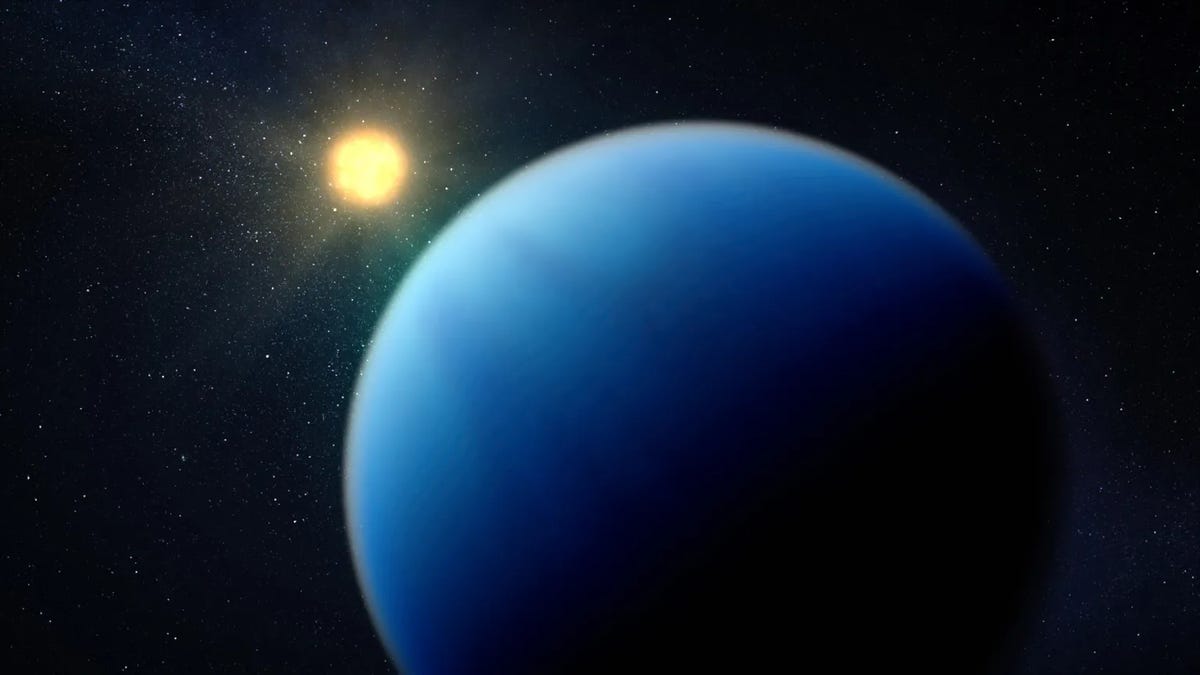Exoplanets pushing their atmospheres away may explain a gap in exoplanet masses, according to a team of researchers that recently studied data from NASA’s retired Kepler Space Telescope.
What Is Planet Nine and Why Can’t We Find It?
The activity could explain an absence of exoplanets with masses between 1.5 to 2 times the size of Earth, according to findings published this week in The Astronomical Journal.
“Exoplanet scientists have enough data now to say that this gap is not a fluke,” said Jessie Christiansen, a research scientist at Caltech/IPAC and lead author of the new study, in a NASA release. “There’s something going on that impedes planets from reaching and/or staying at this size.”
Exoplanets come in a few types, whose names refer to their analogous forms in our own solar system. There are super-Earths—rocky like our own planet—and hot Jupiters, high-temperature gas giants like the largest planet in our cosmic neighborhood. But there’s been a strange dearth of exoplanets in the mass range between super-Earth and sub-Neptunes; now, scientists think that gap is because worlds on the larger side of that range are losing their atmospheres.
The team looked at data on 600- to 800-million-year-old star clusters taken by NASA’s K2 mission, which operated using existing spacecraft from the Kepler mission. The group found 15 exoplanet candidates as well as 10 previously confirmed exoplanets, and found a high occurrence rate of young, hot sub-Neptunes, or planets with a similar structure to Neptune but with smaller radii.
The researchers concluded that the cores of these sub-Neptunes may be driving mass loss, causing the gap in the exoplanet masses. Core-powered mass loss would occur when a hot planetary core produces radiation that pushes a planet’s atmosphere away, eventually losing it to space.
Core-powered mass loss was favored to photoevaporation as the driver of the mass gap, because the clusters had lots of sub-Neptunes. Photoevaporation is thought to happen when planets are young (in their first 100 million years of existence, according to a NASA release), and the clusters recently studied by the team are hundreds of millions of years older. Timewise, core-powered mass loss seems a more likely culprit.
Based on the size of the planets in the K2 data, the team believes the sub-Neptunes still had their atmospheres. More examination of similar exoplanets in other clusters will further confirm (or complicate) the team’s conclusion.
Kepler’s mission ended in 2018, but other telescopes—including Hubble and Webb—are yielding intimate details of distant exoplanets, from the gases that make up their atmospheres to the kinds of clouds that cover their skies.
More: NASA Reveals Tantalizing Details About Webb Telescope’s Successor
